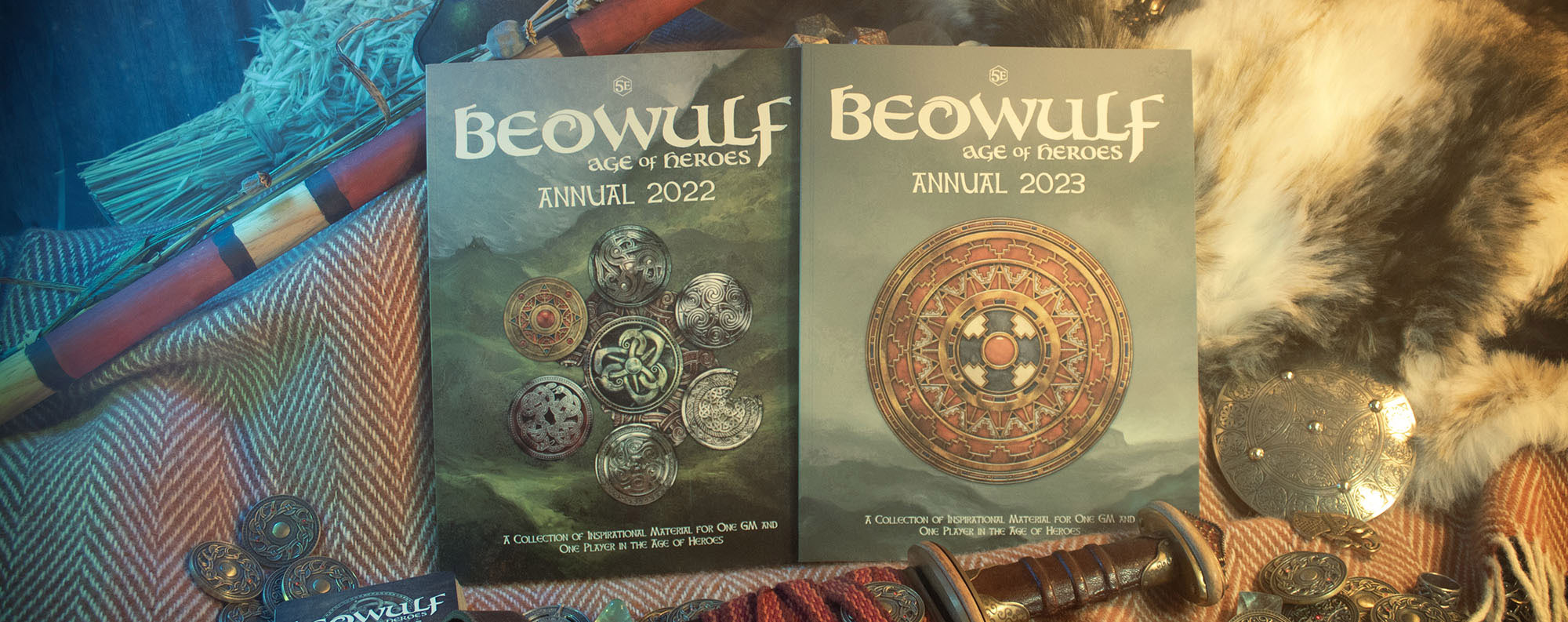Transcript
Yeah. Quickfire questions. Quickfire questions show. It’s me, Jon Hodgson from Handiwork Games. And who are you, for the first quickfire question?
Doctor Malcolm Craig, senior lecturer in American history at Liverpool John Moore’s University and also designer of Cold City and Hot War.
That’s really good to know that you’re here because that’s what we’re talking about today. We’re doing these really quick videos. I like the format. It’s very manageable for me, and we’re talking really fast. We’re talking really fast because to overcome the shorter format, I’m going to ramble in like eighth gear to speed it up. I thought it’d be a nice thing today if we talked about playtesting and things like that.
We’ve got the upcoming public playtest. We’re finalizing stuff for that that will be going out soon at the time of recording, probably not when you watch this, but at the time of recording, you can still sign up to playtest the game ahead of the campaign launch. I said I wasn’t going to do things like this that date it.
It’s too late. I’ve done it. But you have already done quite a bit of, you know, playtesting, internal playtesting, as it were, I believe with some of your students. Is that right?
Yes. So the core mechanics of both Cold City and Hot War are the same as they were. But I had last year a brilliant opportunity, I thought.
I asked my head of department: I’d like to playtest one of my games because it’s involving history. I thought, can I get some undergraduate students? So I put an open call, and I had three of them. We did a four week playtest of Cold City and it was amazing. They were so into it, they didn’t have very much experience of role playing games.
Fantastic. Totally bought into. I understood what it was about. Great time.
So what what kind of what was the scenario they were presented with or who did they play in the scenario, which is so more important to talk about first?
So we went through the process of collaborative situation creation. That’s in a both Cold City and Hot War, and we did this for Cold City. So we collaboratively came up with what they were going to be doing: the enemies, the antagonists, you know, what is happening to them, all of that kind of thing. And then they did their characters and they all kind of like settled on.
They were either kind of like scientists, engineers, technocrats of some kind who had been brought into this one was German, one was Soviet, one was American, and they were brought into this secret organisation in Berlin in 1950. So they were they were all basically scientists and engineers who were suddenly told, oh, you’re secret agents. No, no.
So what do we do? And it was, it was it was great fun. They they were so imaginative about their characters and the I wasn’t expecting 19 year old students to say, oh, yeah, we want this to be like a film noir,
right? And I was like, yeah, but we want it to be like a noir. And I was like, whoa, that’s brilliant.
So, it was it was, you know, lovely. Some great characters, great moments. Yeah, really good fun.

